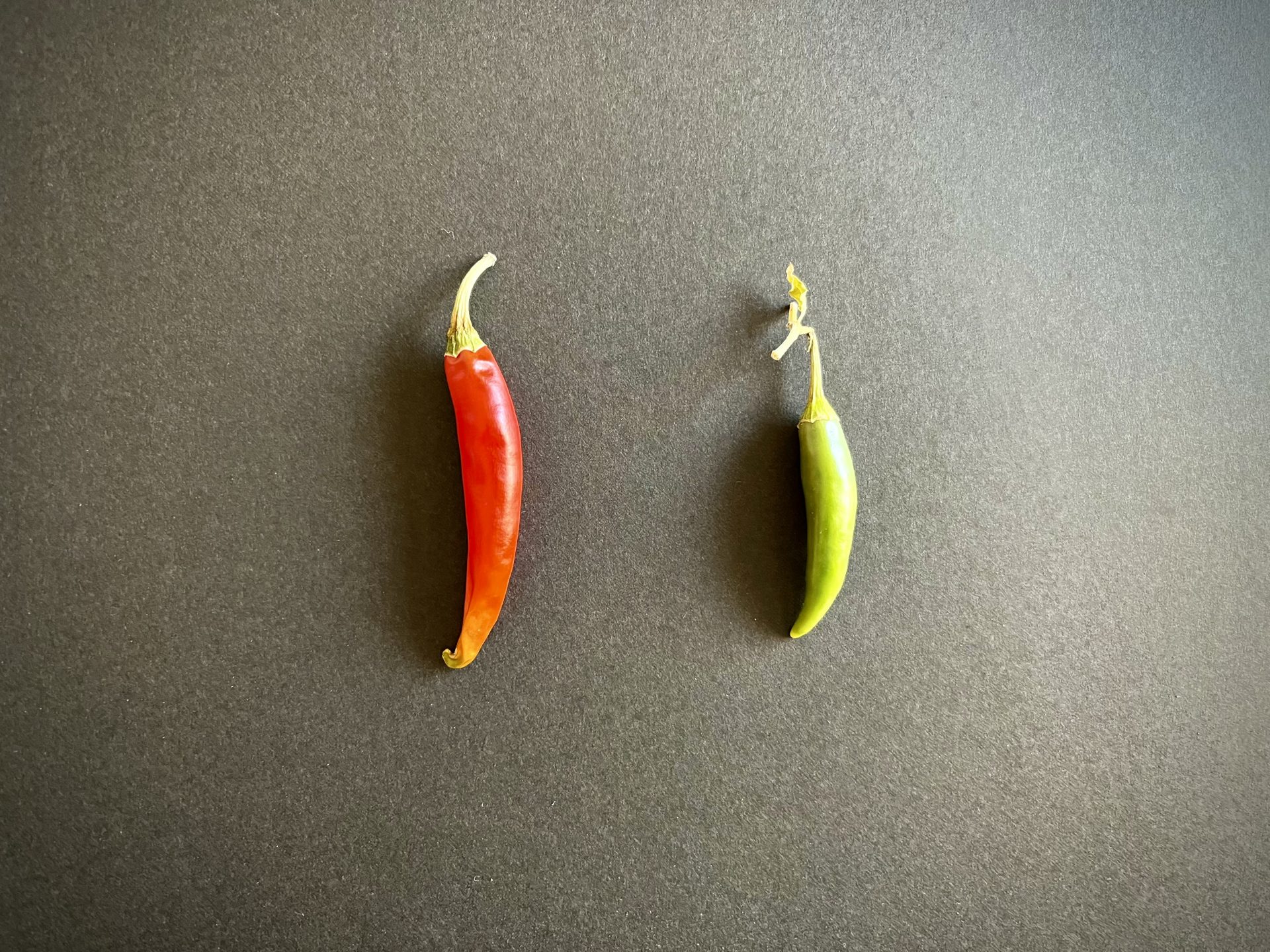
Nurturing Children's Sensitivity in the Era of Covid-19 -Plants
2022/01/27- text and edit by
- Julia (Zhou Hong) (Retired)
The cold days and corona misfortune continue, but how are you all doing?
Last year, I returned to work from childcare leave, but due to the corona crisis, I mostly worked from home. I spent a lot of time at home, so during the past year I struggled to balance work and childcare at home through trial and error.
This time, I would like to introduce an experiment that I did at home to "develop children's sensibilities" that I can do at home.
eh? Is the number of admission limited all the time? !
Due to the protracted corona disaster, I didn't go out too often or go to crowded places. I have a one-year-old daughter, so I'm even more careful.
Last year, after the state of emergency was lifted, I wanted to take my daughter for the first time in a while and go to a zoo or aquarium where I could come in contact with living things, but since the number of visitors is limited everywhere, I cannot reserve a numbered ticket for the weekend. I couldn't quite secure it, and the situation that I couldn't go even if I wanted to go.
Also, since winter has begun, the temperature has dropped significantly, and the amount of time I spend playing in the park where I can go out with my daughter has decreased considerably. If I stay at home like this, I won't be able to release my daughter's energy, and I want to watch TV and video content many times a day! I was pestered.
In this day and age, digital content is easy and full of interesting things. If you show it when your child is fussy, it will keep them quiet for a while, so you end up relying on it.
After all, there are times when even adults get exhausted and want to cry (my heart leaked out...).
However, I have always been concerned that while video content provides fun visual and auditory stimulation, it is difficult to improve children's communication skills. My ideal would be to expand children's interests and possibilities and heighten their sensibilities through observation of living things and nature, music, and physical play while communicating with children through words and touch. I'm here.
In the meantime, it's hard to go out in the world, so I decided to do what I can do at home.
Let's grow red peppers that mom loves!
Living things such as animals and plants grow and change every day. I thought that by having people see such animals and plants up close, they would naturally feel the excitement of "What is this?", "It's strange!" Also, if you are involved in their growth, you will be able to treat them kindly.
We already have two cats in our house, so we interact with animals every day (the cats don't want to get too close to my daughter, haha). This time, I decided to try growing "spicy chili peppers" with my daughter.
You may be wondering why hot chili peppers? That's because I want to eat it (mama's selfish desire?).
My local supermarket didn't sell spicy peppers, so I wanted to try making my own, since I love spicy food. Also, I thought that if the child's experience reflected what the mother wanted to do, it would double the motivation (laughs).
Also, objectively speaking, chili peppers are easy to grow and don't take much time and effort other than watering them, so it's easy to start as a first challenge.
So, last spring, my daughter and I started growing chili peppers from seeds.
Watch over with affection and make use of "I don't want"
Peppers have shallow roots, so you don't need a large planter. However, I think that if you give the chili peppers ample room to grow, they will be able to absorb a lot of nutrients and grow freely. I chose.
When the rainy season came, buds appeared. You need to leave the stock that looks healthy and thin out the surrounding stock. I think it would be a waste to thin out about half of the sprouts, so I transplanted the thinned out stocks into a separate planter. My daughter stared at my work while saying things like "leaf" and "green".
If you prepare the environment for growth, chili peppers will grow at once. It grew taller, more leaves, and white flowers bloomed. At that time, put up a support near the stock and add fertilizer to the soil.
All you have to do is water it every two days.

(One-year-old daughter watering during the rainy season)
In the summer, the chili peppers have grown taller and the leaves have increased. In fact, if it grows too high, there will be less “fruit” that you want to eat. So I pruned the branches and had my daughter pluck the young leaves.
The young leaves are juicy and have a refreshing scent, so I didn't throw them away and used them for the day's cooking. Lightly stir-fried with grated garlic is very delicious. Ohitashi and soup are also recommended. By the way, the leaves are not spicy (laughs).
When my daughter saw that the leaves from the chili peppers she had grown were used as a dish and lined up on the dining table, she became interested and picked them up with her fingers and put them in her mouth. I didn't say "delicious!", but I was smiling and mumbling.
(It had a unique taste, so I let it out of my mouth afterwards, but I think it's enough just for you to taste it.)
Realizations and impressions gained from experiencing the growth of plants up close
It was very hot last summer. However, chili peppers are plants that like hot climates, so as long as you water them properly, they will grow well.
In midsummer, watering every 1-2 days was a daily routine.

(I'm watering it with my daughter around summer. I'm not wearing any makeup, so I'll cover my face too. LOL)
In the second half of summer, small white flowers bloomed and the chili peppers started to grow.
The green berries are edible, but they are very spicy, so I decided to wait until they turned red. Count the number of chili peppers with my daughter "1, 2, 3..." It still seemed difficult to count big numbers, but my daughter seemed to enjoy doing what I did.
Every day, while counting the number of chili peppers, if he finds a red chili pepper or a flower hidden under the leaves, he will point to it and tell me, "It's red!"

(This is a chili pepper in the latter half of September. Red-stained fruits are increasing.)
Once the lingering summer heat has passed and you can feel the signs of autumn, it's finally time to harvest. The red peppers are dried on the veranda after being harvested. After a quick count, I was able to harvest over 100!
It's really spicy, so I'm going to slowly appreciate this chili little by little. In our house, it will be about a year's worth of consumption (happiness ~ ♡).

(Drying red peppers harvested at the end of autumn.)
There were many discoveries during the season of picking chili peppers.
While arranging a lot of chili peppers and comparing their colors, sizes, and shapes, my daughter frankly told me what she felt, "Wow, they're red!"


(The size and color of the harvested chili peppers vary.)
Children are moved by the growth of plants and small changes that adults take for granted, and even small changes that go unnoticed, and express themselves with all their might through words, expressions, and actions. I feel that it leads to the development of rich sensibilities.
I believe that seeing, touching, smelling, and tasting plants with all five senses will surely lead to children's creativity, insight, and communication skills in the future.
In addition, the series of chili pepper cultivation was an experience with a small child (basically they do not listen to what they say and only do what they want to do), but as we cultivated together for about half a year, it became a daily planning work. I got the notice.
① In order to get the target interested, first of all, think about the project with love.
Cultivating chili peppers was a completely exciting project that involved my daughter, but as a result, we were able to enjoy growing together.
Even at work, if you just hold your head in your head and search for ideas, you tend to include difficult explanations in proposals and the like. At times like that, I felt that going back to the starting point and making a simple and fun project that I would want to try myself would lead to an exciting proposal that would involve many people.
② To maintain motivation, diligent goal setting is necessary.
When it comes to growing chili peppers, the daily watering work is boring for children, so picking young leaves and cooking them, counting the number of flowers, harvesting chili peppers... Goals at key points. I thought that by setting up and giving children a small sense of accomplishment, it would lead to continuous "motivation".
(3) Have a broad perspective that sees the whole from the beginning to the end.
Instead of having the child do the harvesting, which can be said to be the climax of the cultivation experience, the entire process, from filling the first empty flowerpot with soil to seeding, watering, pruning, harvesting, and finally cleaning up fallen leaves. I had the children participate.
By watching the chili peppers grow from start to finish, you will not only enjoy the harvest, but you will be able to feel the love and gratitude from the taste of the chili peppers. I felt that having a broad perspective that sees the whole is essential to creating a "moving experience" that is not just one-sided.
I'm looking forward to working up a sweat with my daughter someday and eating hot chili pepper dishes (laughs).
Like this article?














